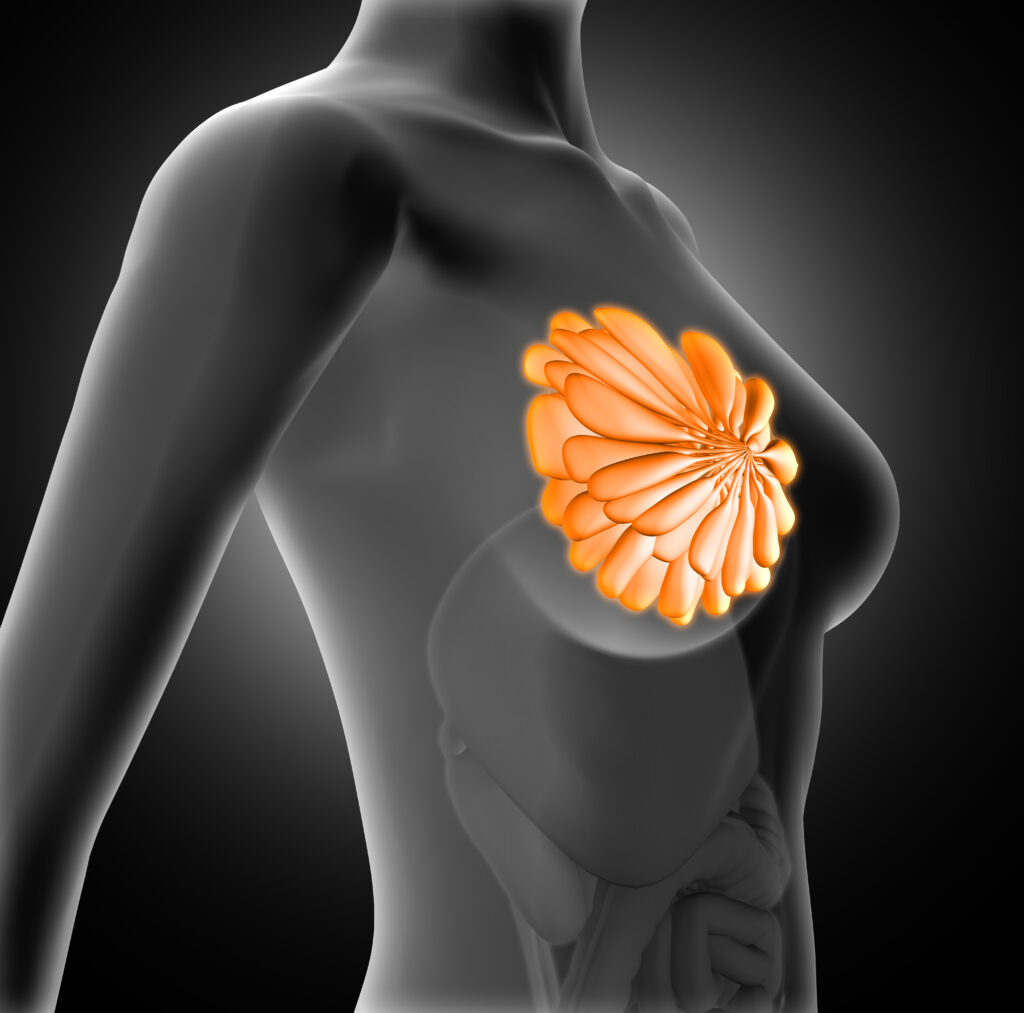Mammary Dysbiosis: Explore Symptoms and Treatment Strategies

Breastfeeding is a beautiful and essential bonding experience between a mother and her baby, providing numerous health benefits. However, some breastfeeding mothers may encounter challenges like mammary dysbiosis, which can impact their nursing journey.

In this article, we will delve into what mammary dysbiosis breastfeeding is, its symptoms, potential causes, available treatments, and its effects on milk quantity and quality.
What is Mammary Dysbiosis Breastfeeding?
Mammary dysbiosis refers to an imbalance in the microbial community within the breast tissue of lactating mothers. In simpler terms, it is an alteration in the normal bacterial composition of the mammary glands. This disruption can lead to inflammation, discomfort, and potential complications for both the mother and the nursing infant.
Where Do These Bacteria Come From ?
The human body is home to a vast array of microorganisms, including bacteria. During breastfeeding, bacteria from the baby’s mouth can enter the mother’s nipples and travel up to the mammary glands.

While most of these bacteria are harmless, some might be opportunistic pathogens . Additionally, factors such as hygiene practices, maternal diet, and the baby’s oral health can influence the bacterial makeup.
What are Mammary Dysbiosis Symptoms?
Mammary dysbiosis can manifest through various symptoms, and nursing mothers need to be vigilant. Some common signs are:
- Breast pain and tenderness
- Redness and swelling of the breast
- Warmth or hot sensation in the affected area
- Nipple discharge or crustiness
- Flu-like symptoms, such as fever and fatigue
- Blocked milk ducts
- Recurring mastitis
It’s crucial for mothers experiencing these symptoms to seek prompt medical attention to prevent further complications.
What are Mammary Dysbiosis Treatments?
Addressing mammary dysbiosis promptly is crucial to ensure a smooth breastfeeding journey. Here are some potential treatments and management strategies:
Antibiotics
In cases of severe infection, doctors may prescribe antibiotics to combat the harmful bacteria causing dysbiosis. However, caution should be exercised as antibiotics may disrupt the balance of beneficial bacteria.
Probiotics
Consuming probiotics, either through supplements or probiotic-rich foods, may help restore a healthy balance of bacteria in the mammary glands.
Improved breastfeeding techniques
Proper latch and positioning can prevent nipple damage and reduce the risk of bacterial entry into the breast tissue.

Maintaining good hygiene
Regularly cleaning the nipples and using disposable nursing pads can help reduce bacterial exposure.
Pain management
Applying warm compresses and expressing milk regularly can alleviate discomfort and help clear blocked ducts.
Effects of Mammary Dysbiosis and Mastitis on Milk Quantity and Quality
Mammary dysbiosis and its complication, mastitis (inflammation of the breast tissue), can have adverse effects on breast milk production and quality. The inflammation can lead to reduced milk supply, hindering the baby’s nutritional intake. Moreover, the milk composition may change during infection, affecting its nutritional and immunological properties.
Conclusion:
Breastfeeding is a remarkable journey, but it can come with challenges like mammary dysbiosis. Understanding the symptoms, causes, and available treatments is essential for nursing mothers to seek timely support. Practicing good hygiene, maintaining proper breastfeeding techniques, and seeking medical attention when needed can help prevent and manage mammary dysbiosis, ensuring a fulfilling breastfeeding experience for both mother and baby.
Frequently Asked Questions:
Can mammary dysbiosis be prevented?
Preventing mammary dysbiosis involves maintaining good hygiene practices, ensuring proper breastfeeding techniques, and monitoring for early symptoms. Probiotics and a balanced diet can also contribute to a healthy breast microbiome.
Is it safe to breastfeed during mammary dysbiosis?
In most cases, breastfeeding can continue with mammary dysbiosis, but it’s essential to seek medical advice promptly. Proper treatment and management can allow safe breastfeeding while protecting both the mother and baby from potential complications.
References
- Walker, Marsha. (2018). Mammary Dysbiosis: An Unwelcome Visitor During Lactation. Clinical Lactation. 9. 130-136. 10.1891/2158-0782.9.3.130.
- Mitchell KB, Eglash A, Bamberger ET. Mammary Dysbiosis and Nipple Blebs Treated With Intravenous Daptomycin and Dalbavancin. J Hum Lact. 2020 May;36(2):365-368. doi: 10.1177/0890334419862214. Epub 2019 Jul 16. PMID: 31310726.
- Mitchell KB, Johnson HM. Breast Pathology That Contributes to Dysfunction of Human Lactation: a Spotlight on Nipple Blebs. J Mammary Gland Biol Neoplasia. 2020 Jun;25(2):79-83. doi: 10.1007/s10911-020-09450-7. Epub 2020 Jun 3. PMID: 32495215.















+ There are no comments
Add yours